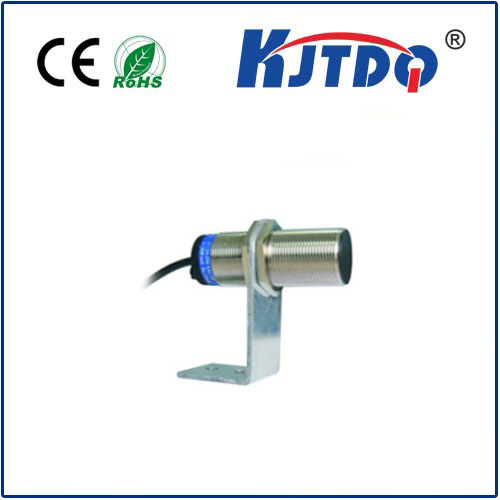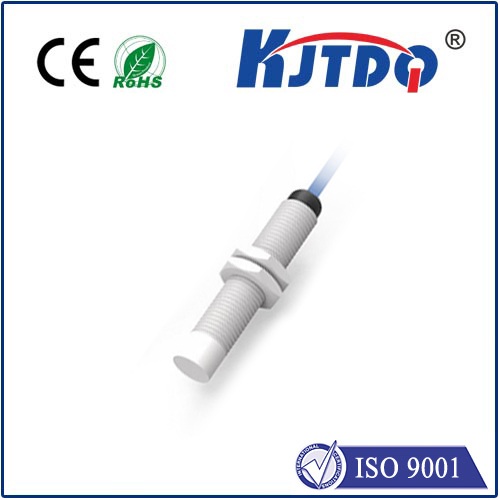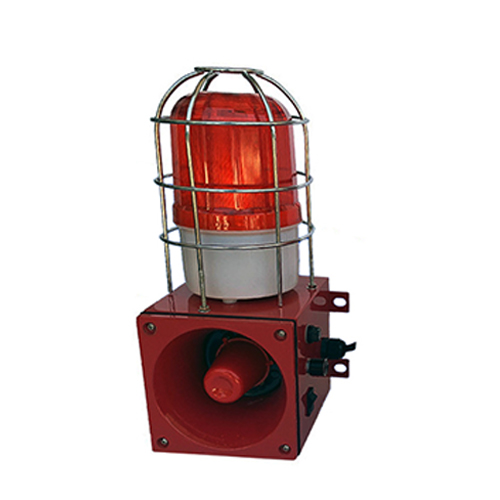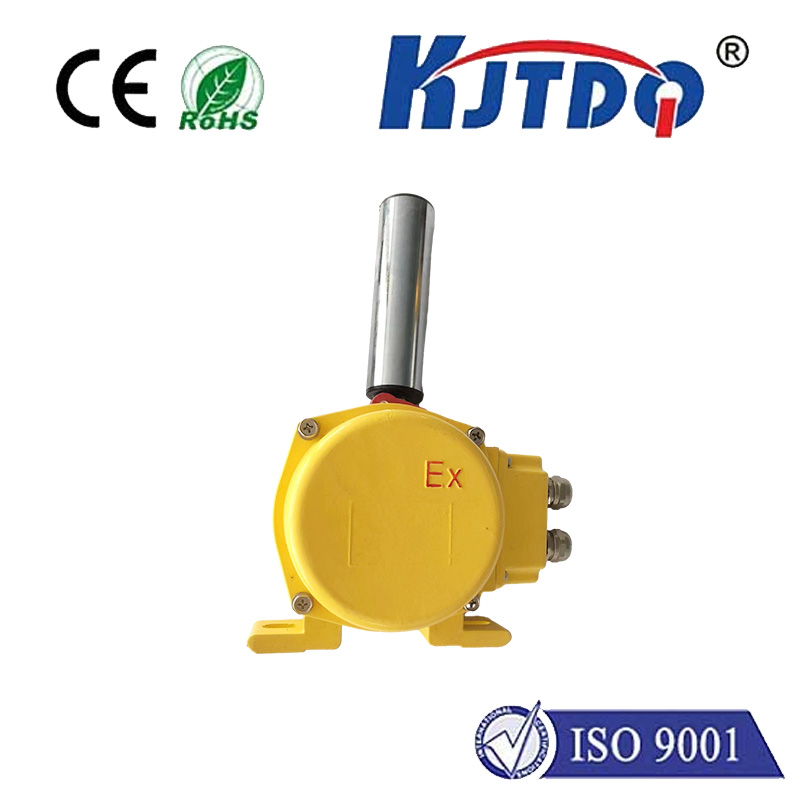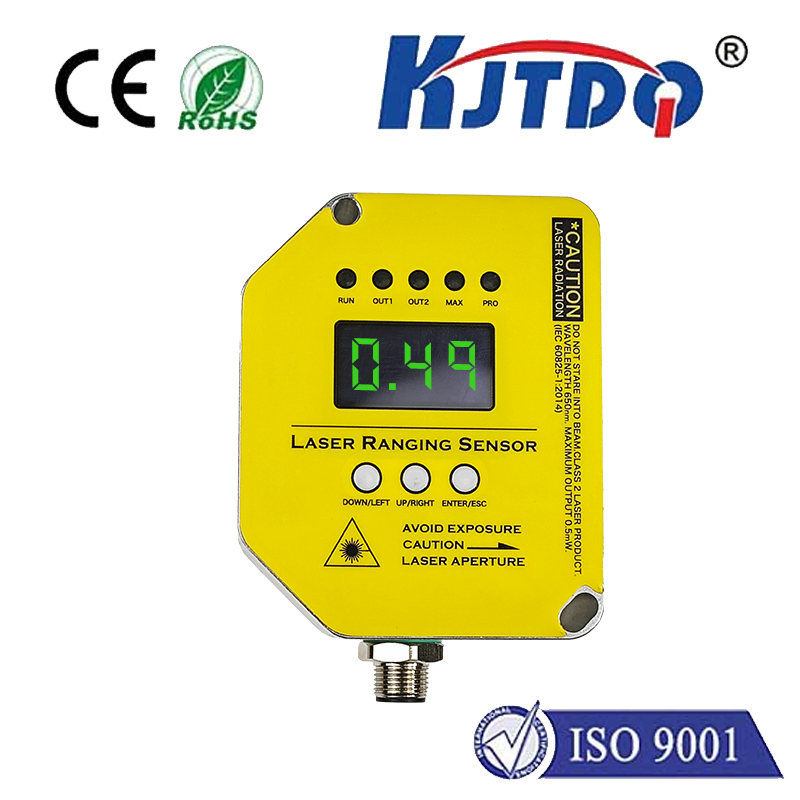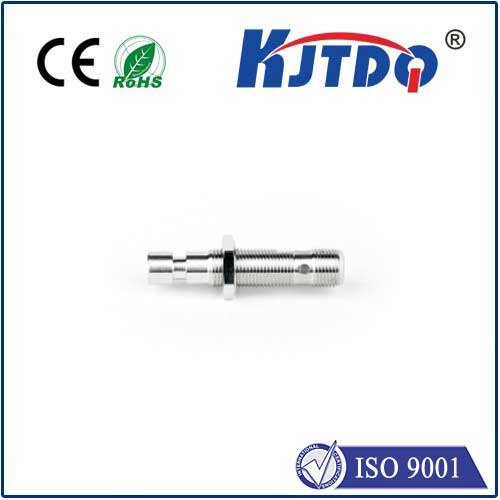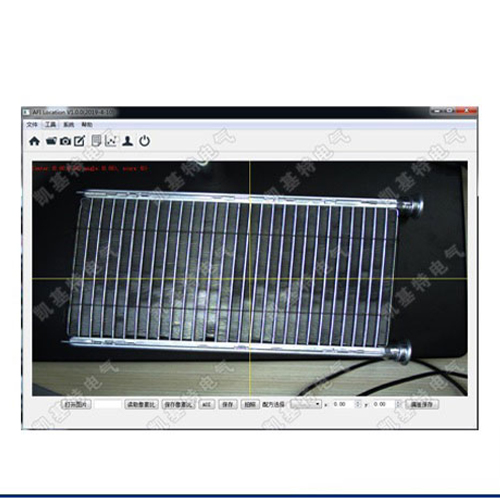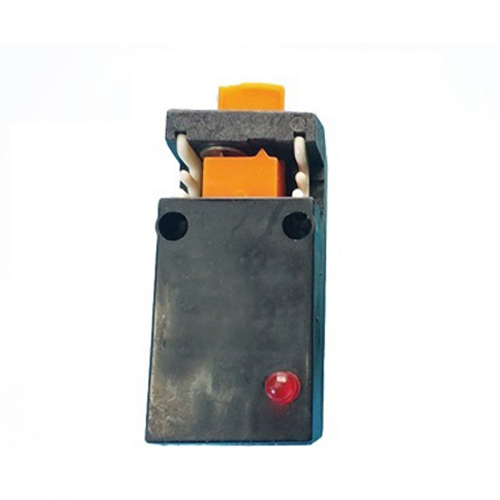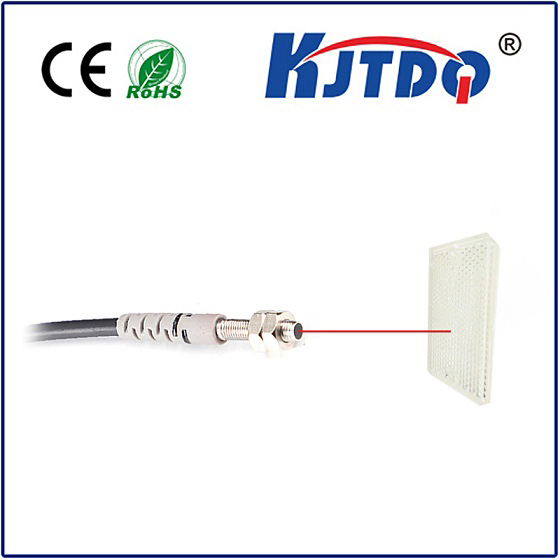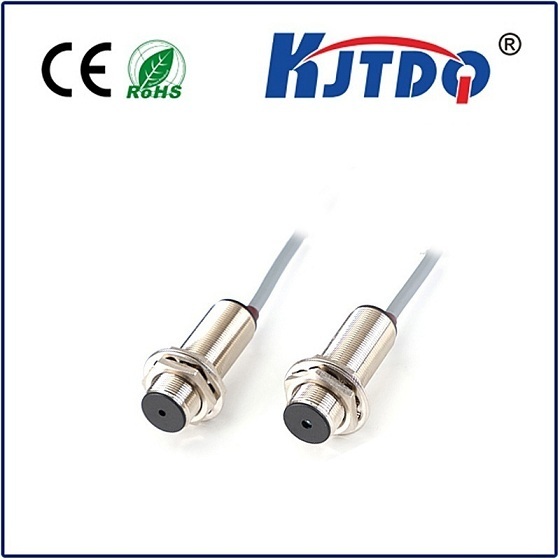

check

check

check

check

check

check

check

check

check

check
The Limit Switch for Actuator: Ensuring Optimal Performance
As technology continues to advance, the use of actuators has become increasingly prevalent in various industries. An actuator is a device that converts energy into motion, and it plays a crucial role in controlling machines and equipment. In order to ensure optimal performance, it is essential to have a limit switch for actuator.
A limit switch is a device that detects the position of an actuator and sends a signal to the control system when it reaches its maximum or minimum limit. This prevents the actuator from overextending or retracting beyond its intended range, which can cause damage or malfunction. By incorporating a limit switch into the actuator system, operators can monitor and adjust the movement of the actuator, ensuring precise control and preventing costly downtime.
The importance of a limit switch for actuator cannot be overstated. Without it, an actuator may continue to move past its intended point, potentially causing harm to nearby equipment or personnel. Additionally, if the actuator fails to stop at its designated limit, it can result in mechanical strain on the system, leading to premature wear and tear. A properly functioning limit switch ensures that the actuator operates within safe parameters, extending its lifespan and reducing maintenance costs.
In conclusion, the limit switch for actuator is a critical component in maintaining optimal performance and safety in various industries. By detecting and preventing overextension or retraction beyond its intended range, the limit switch protects both the actuator and the surrounding equipment from damage. As technology continues to evolve, it is likely that the limit switch will remain a vital part of actuator systems, ensuring their reliability and longevity.
